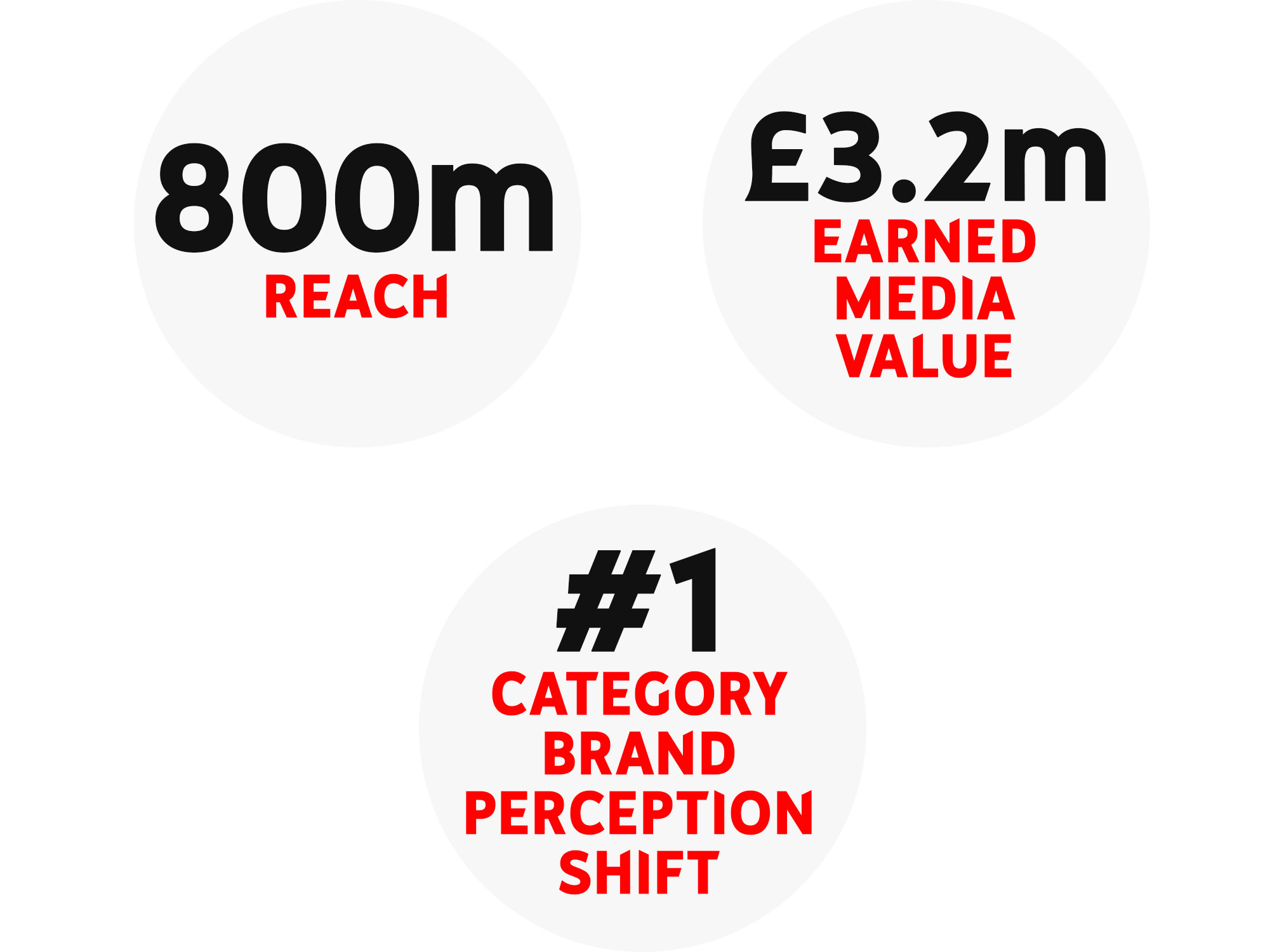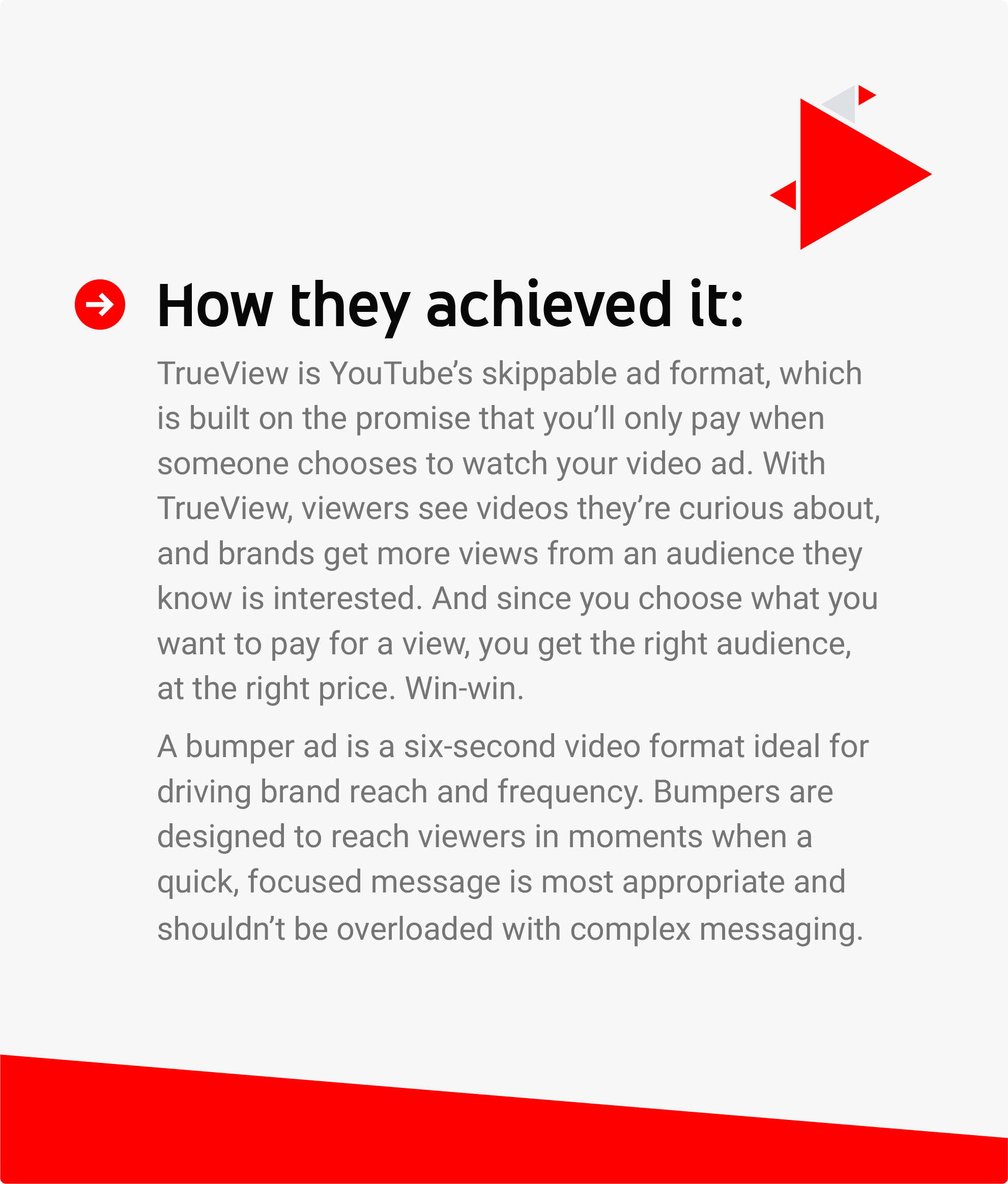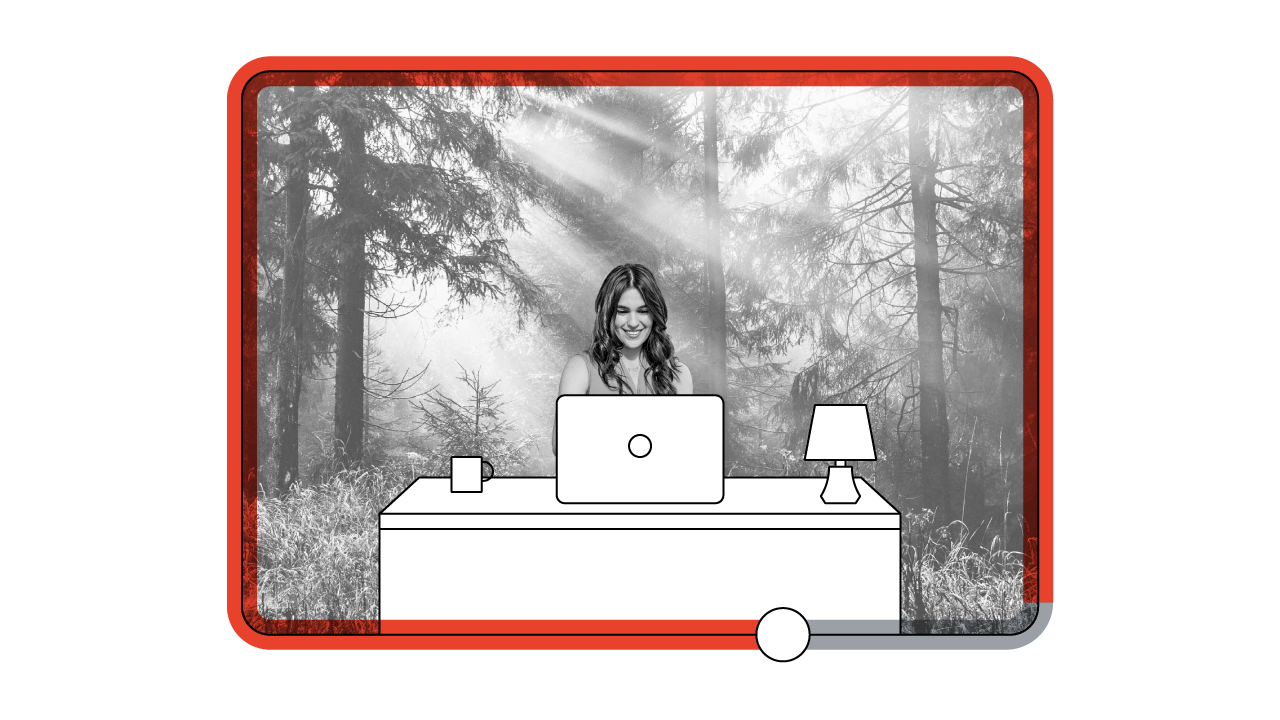In our 'Anatomy of an Ad' series, we delve deeper into our star line-up of six award-winning success stories, taking a forensic look at the strategies that drove best-in-class results.
When was the last time you saw blood in an advert? The chances are, unless it was a horror movie trailer, the answer is ‘never’.
When it comes to advertising around menstrual products, we’ve become accustomed to seeing period blood depicted (bizarrely) as an unrealistic blue liquid. A seemingly innocuous creative choice, but it’s done little to help destigmatise menstruation, with nine out of 10 women still trying to hide their periods, according to a recent survey.1
Feminine hygiene brand Bodyform decided to challenge this ‘period taboo’. The brand’s approach was simple: they sought to make #bloodnormal.
‘Periods are normal,’ they stated. ‘Showing them should be too.’ With the help of advertising agency AMV BBDO, Bodyform brought to life a simple but highly powerful concept: they depicted menstrual blood on screen. And the response was nothing short of extraordinary.
"A YouTube-led digital campaign allowed us to gain media coverage in channels we otherwise would not have been able to afford."
– Nadja Lossgott, Creative Partner, AMV BBDO
The taboo-smashing film provoked debate, not just in the UK but in over 30 countries around the world, with the subject of ‘period shame’ trending on social media and making the agendas of a number of high-profile TV programmes.
Rather than opting for a TV-first campaign, Bodyform utilised YouTube’s viewer-centric platform to reach a targeted audience. The videos, which showed periods in a number of real-life contexts, were distributed through a mix of bumper stings, longer-form TrueView videos and 20/30-second cut-downs.

While TV channels in numerous countries were reluctant to carry the content, on YouTube the brand was able to share the video in full – and to a multi-screen audience. It also allowed Bodyform to capture an enormous global audience on a modest budget, in a way that simply would not have been possible through traditional advertising channels.
The overall result? Despite a relatively small spend, the brand achieved huge reach and an earned media value of £3.2 million, sparking a cultural movement which continues to ripple around the world long after the campaign originally aired.







